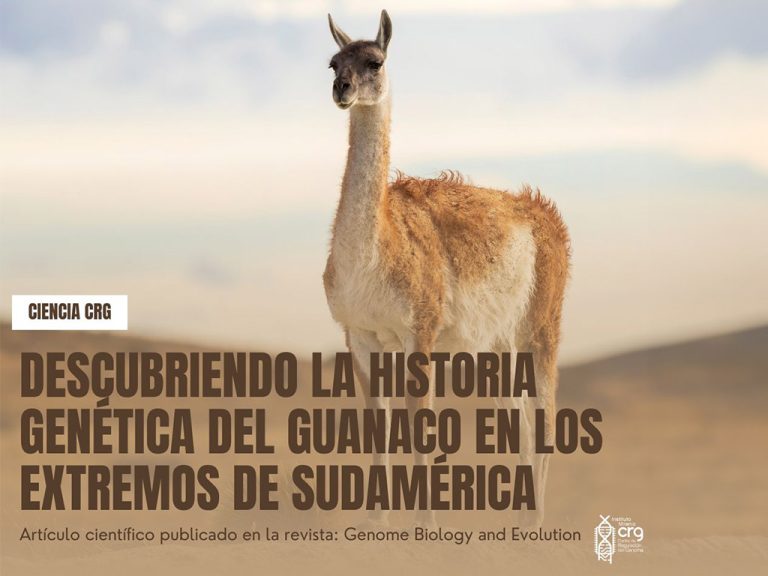In the vast and varied landscape of South America, the guanaco (Lama guanicoe) stands as a symbol of adaptation and resilience. As the largest wild species on the continent, it has captivated scientists and conservationists with its ability to thrive in some of the planet’s most extreme environments.
From the scorching Sechura and Atacama deserts to the icy heights of Navarino Island, the guanaco has demonstrated an amazing ability to adapt to a wide range of habitats. But how has this species managed to cope with environmental pressures and human interventions over the millennia?
A recent study at Dr. Juliana Vianna’s Lab at the PUC, published in the journal Genome Biology and Evolution, has provided significant findings by analyzing 38 guanaco genomes that span from the Sechura and Atacama deserts to Tierra del Fuego. This research has allowed us to examine the genomic diversity within this species, as well as identify the genetic differences that have arisen in response to variations in their environment.
The results were significant: guanaco subspecies diverged approximately 800,000 years ago, with different demographic trajectories reflecting their expansion into the southern Atacama desert and subsequent adaptation to extreme conditions.
Moreover, it was observed that Patagonian guanacos have experienced significant reductions in the effective size of their population, likely due to anthropogenic impacts such as hunting and habitat alteration. Surprisingly, populations at the northernmost and western limits show the lowest levels of genetic diversity, which could imply a greater vulnerability to future environmental changes.
Adaptive genomic diversity, i.e., those genetic characteristics that have allowed guanacos to survive and thrive under adverse conditions, showed a strong correlation with environmental variables. This underscores the impressive ability of these animals to not only colonize new territories but also to adapt to them effectively.
This study enriches our understanding of the evolution of the guanaco, and also underscores the critical importance of protecting these unique populations. Knowing their genetic history helps to better plan their conservation, ensuring that future generations can also marvel at their resilience and beauty.
